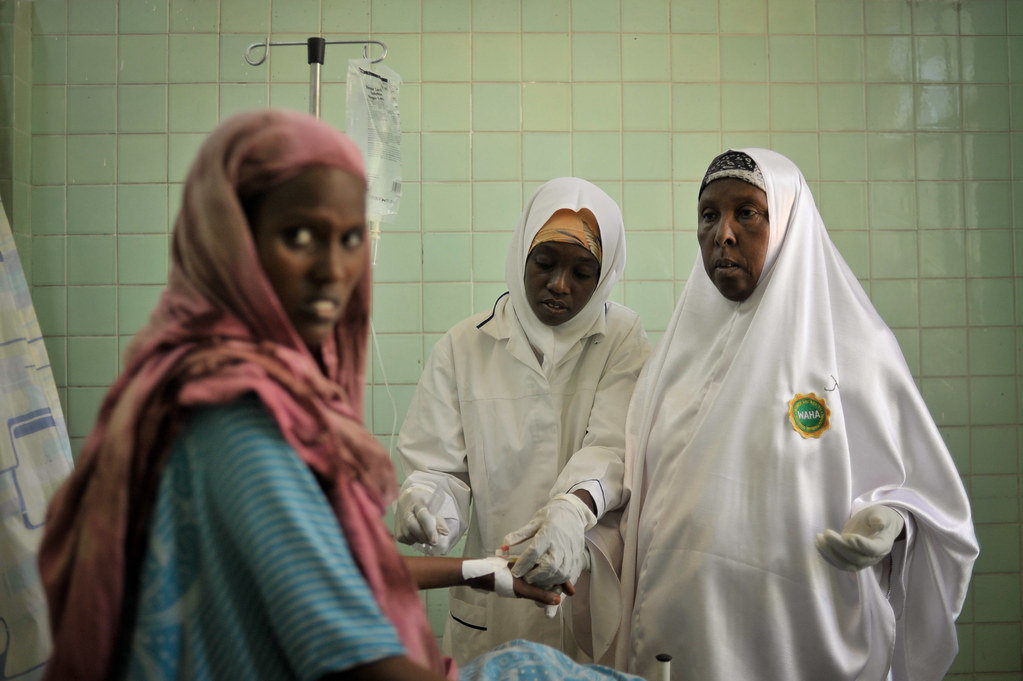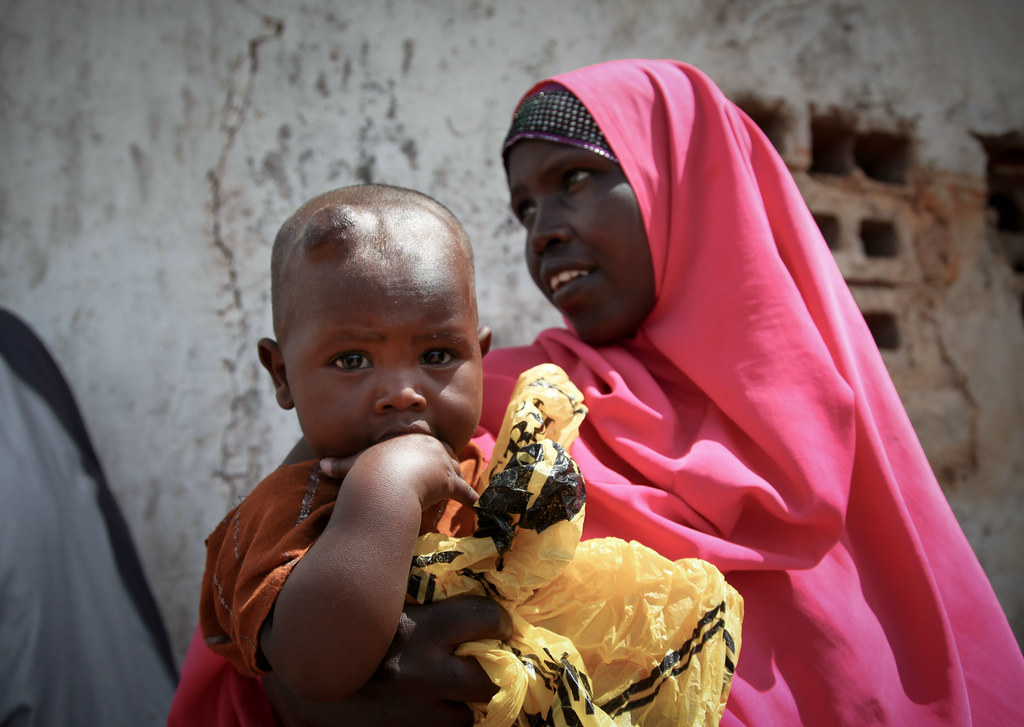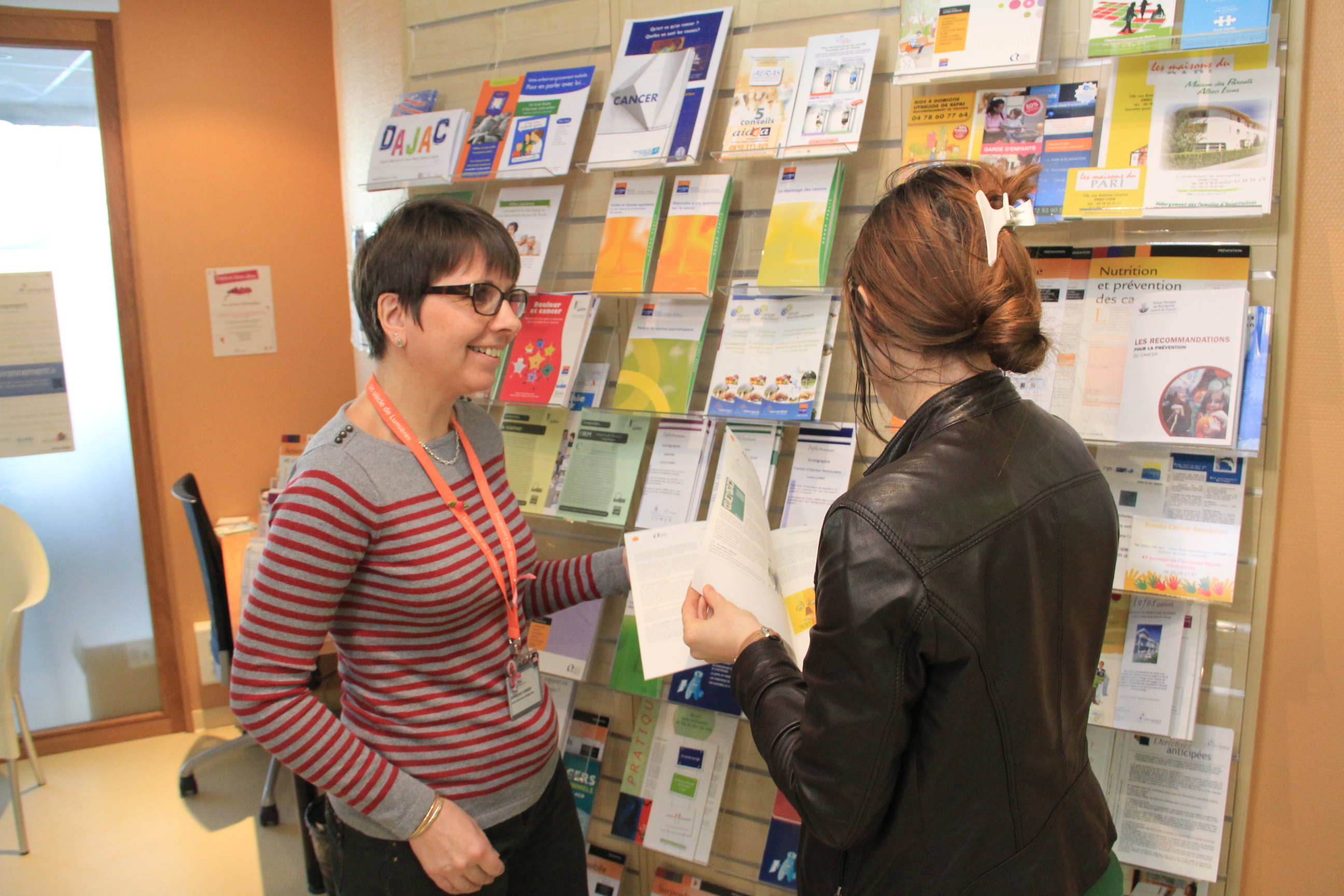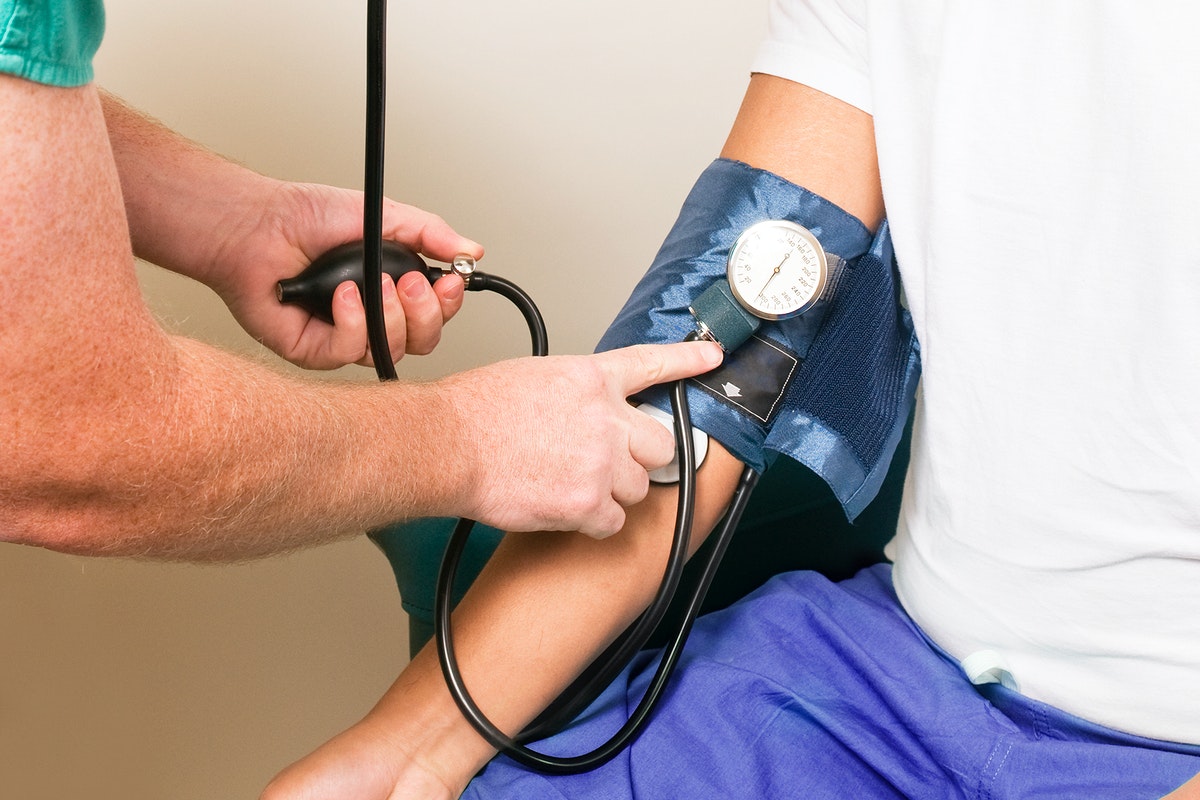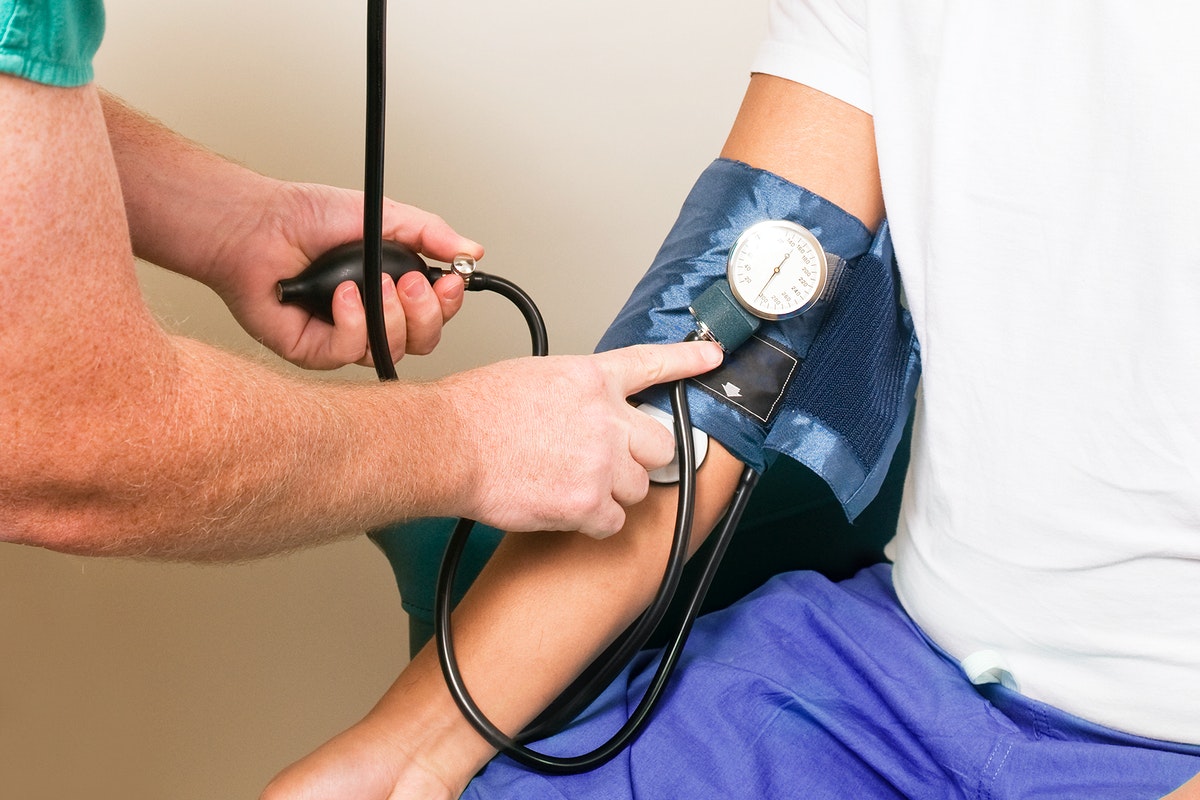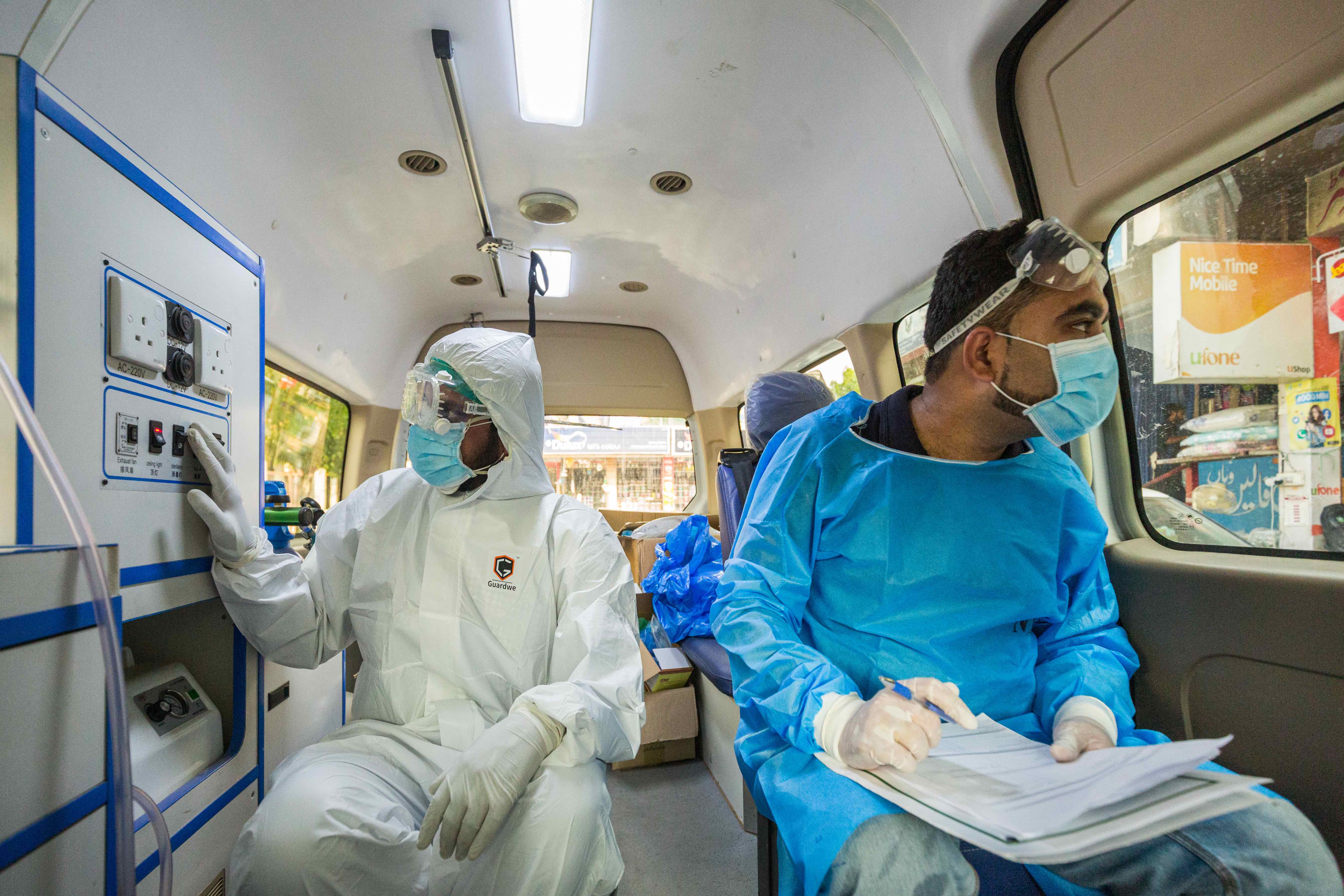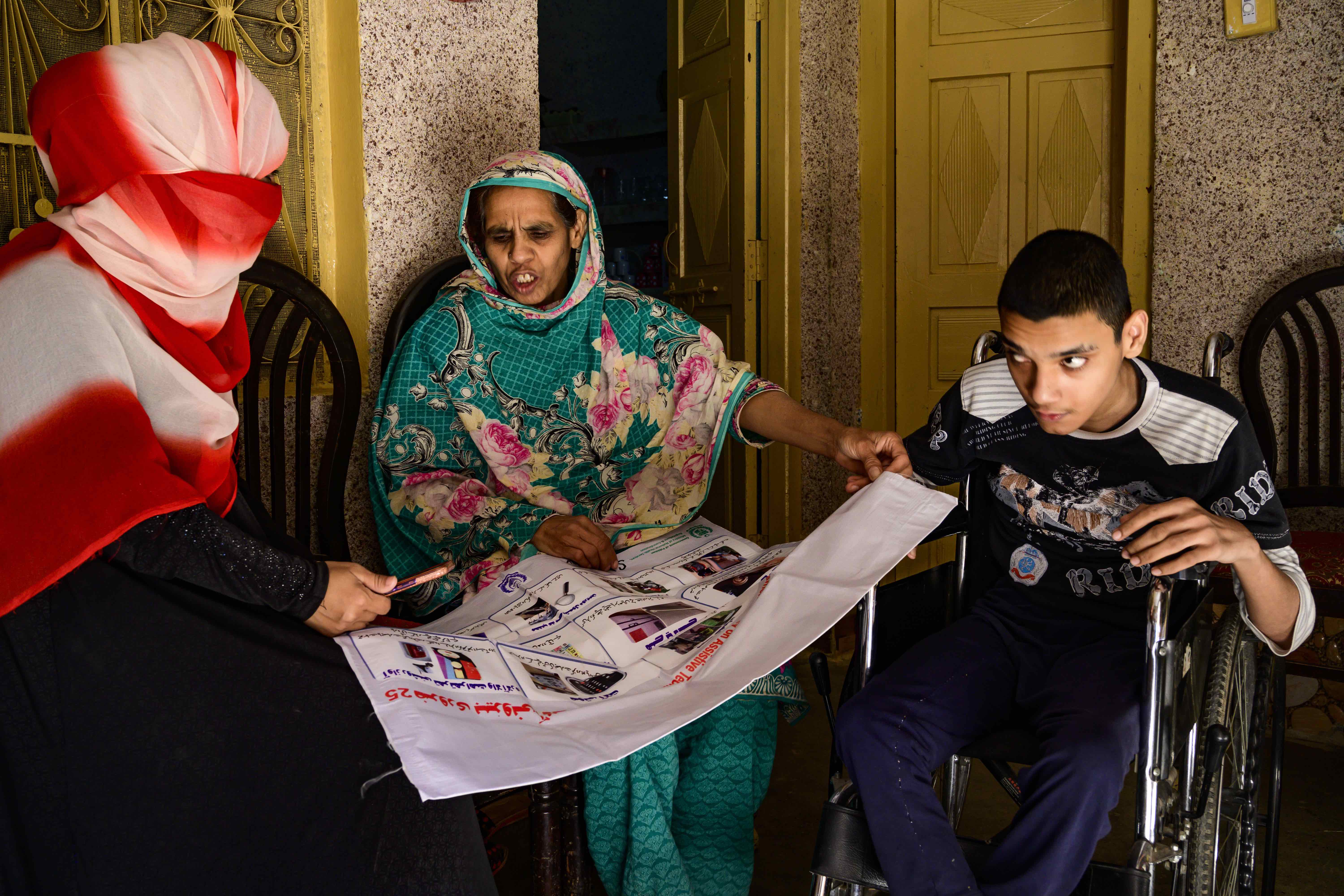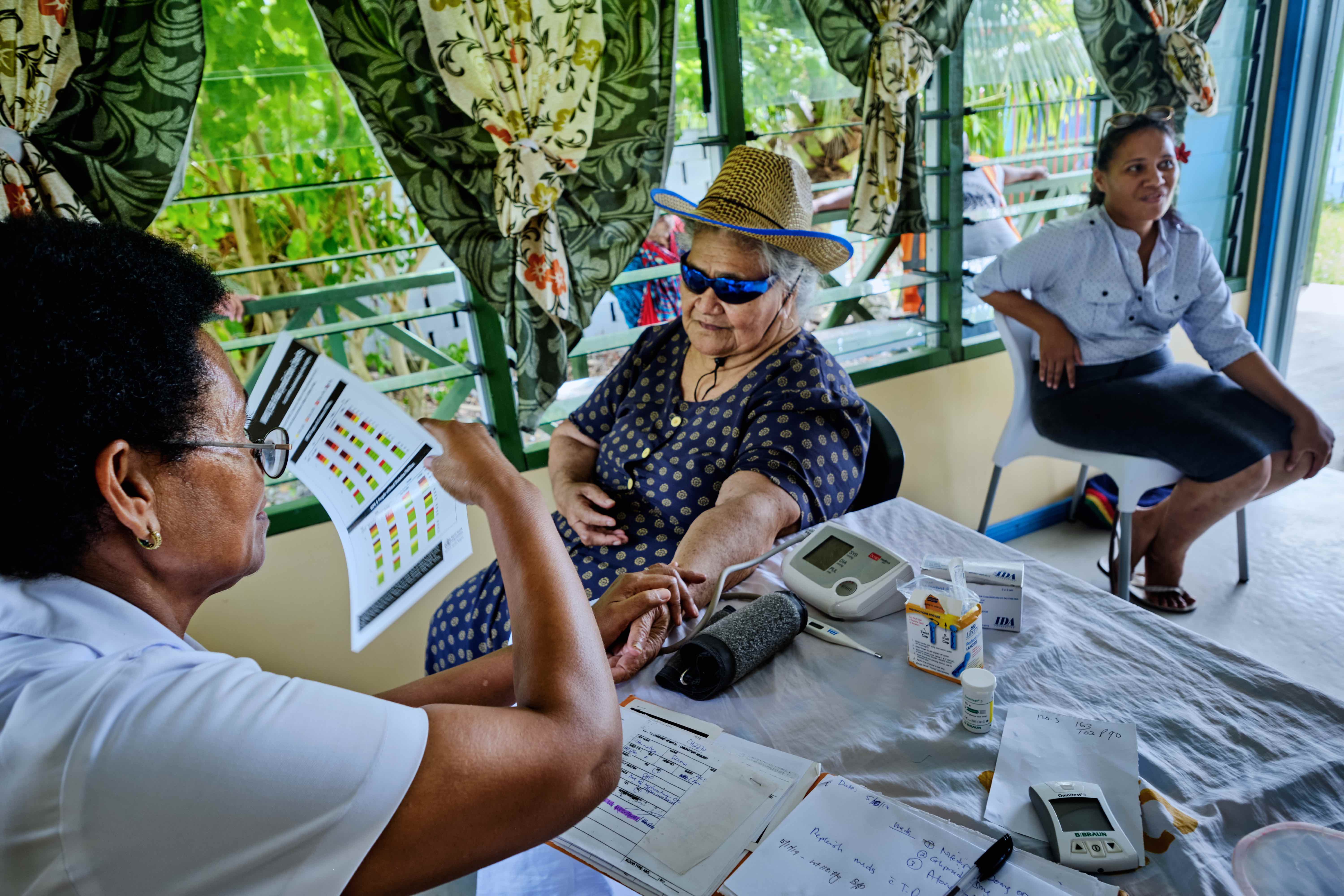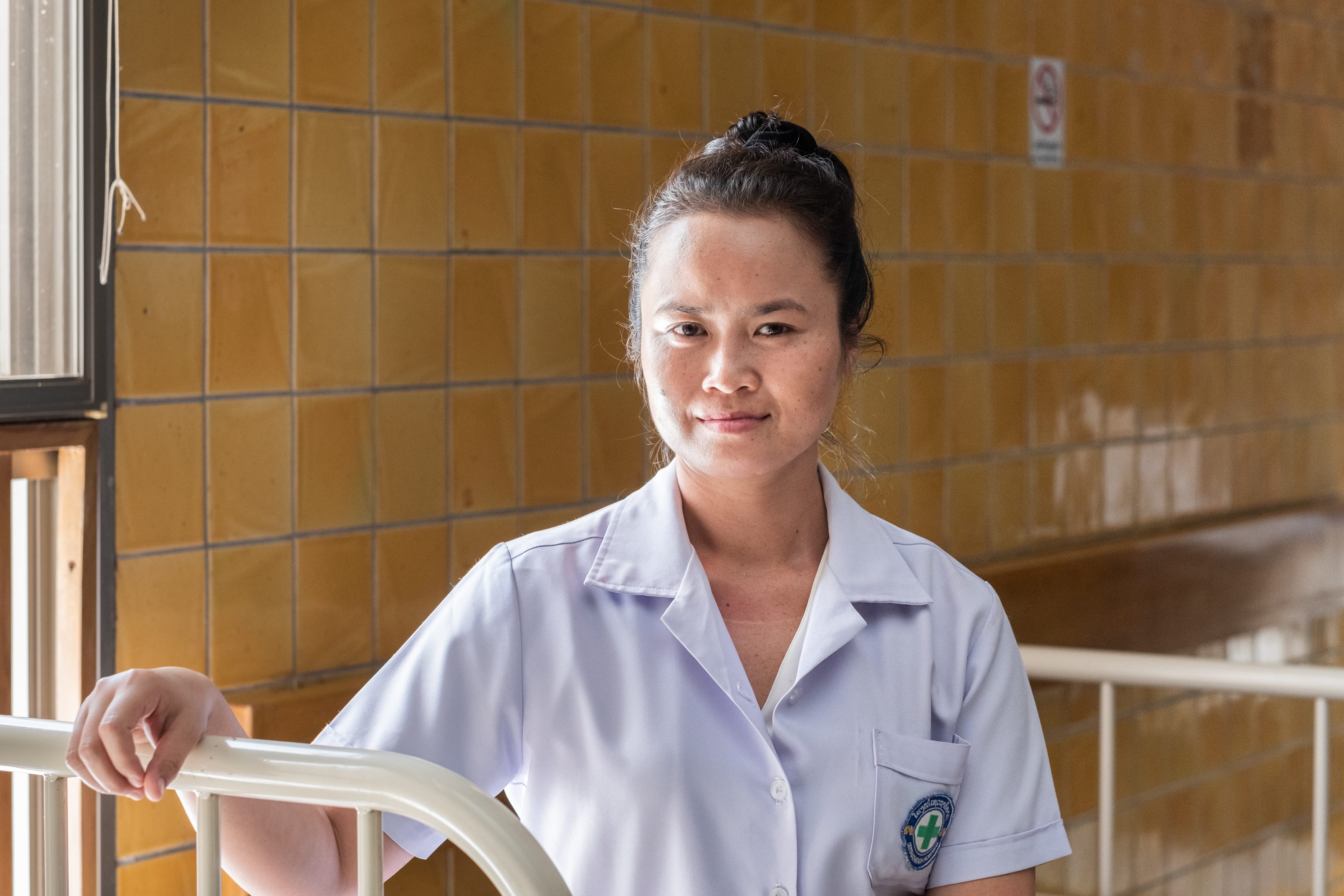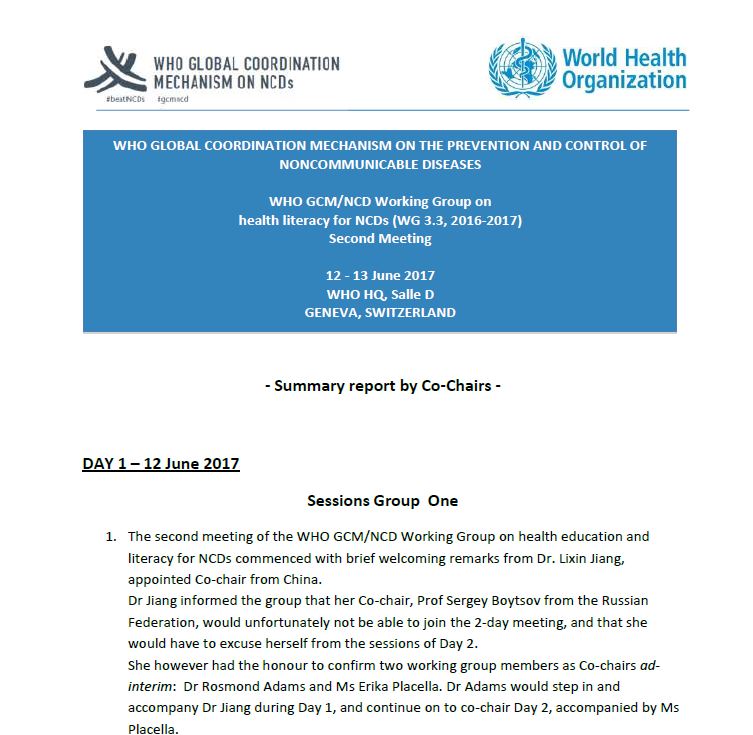International Union for Health Promotion and Education
Beating NCDs equitably – ten system requirements for health promotion and the primary prevention of NCDs
Strategy document
20 Feb 2019
In this position statement the International Union for Health Promotion and Education (IUHPE) proposes that it is lack of investment in the necessary health promotion and primary prevention systems that best explains the lack of progress globally on...


